
Freda Kreier
Science writing intern, Fall 2021
Freda Kreier was an intern at Science News in the fall of 2021. She holds a bachelor’s degree in molecular biology from Colorado College and a master’s in science communication from the University of California, Santa Cruz.

Trustworthy journalism comes at a price.
Scientists and journalists share a core belief in questioning, observing and verifying to reach the truth. Science News reports on crucial research and discovery across science disciplines. We need your financial support to make it happen – every contribution makes a difference.
All Stories by Freda Kreier
-
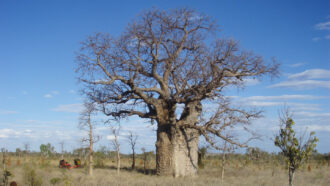 Anthropology
AnthropologyCarvings on Australia’s boab trees reveal a generation’s lost history
Archaeologists and an Aboriginal family are working together to rediscover a First Nations group’s lost connections to the land.
-
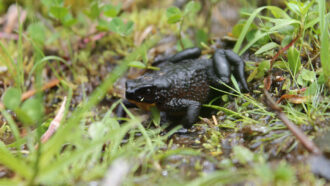 Animals
AnimalsSome harlequin frogs — presumed extinct — have been rediscovered
Colorful harlequin frogs were among the hardest hit amphibians during a fungal pandemic. Some species are now making a comeback.
-
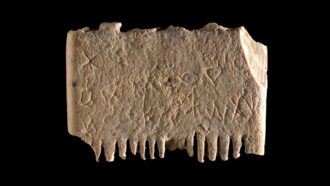 Humans
HumansThis ancient Canaanite comb is engraved with a plea against lice
The Canaanite comb bears the earliest known instance of a complete sentence written in a phonetic alphabet, researchers say.
-
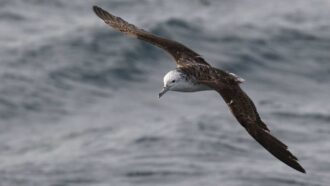 Animals
AnimalsSome seabirds survive typhoons by flying into them
Streaked shearwaters off the coast of Japan soar for hours near the eye of passing cyclones as a strategy to weather the storm.
-
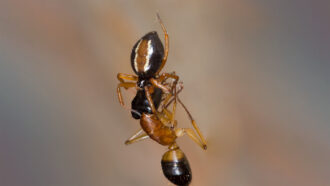 Animals
AnimalsThis spider literally flips for its food
The Australian ant-slayer spider’s acrobatics let it feast on insects twice its size, a new study shows,
-
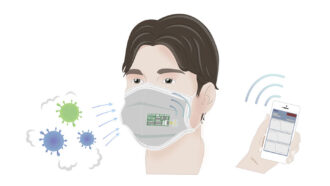 Health & Medicine
Health & MedicineThis face mask can sense the presence of an airborne virus
Within minutes of exposure, a sensor in a mask prototype can detect proteins from viruses that cause COVID-19 and other respiratory illnesses.
-
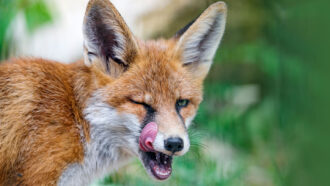 Animals
AnimalsVideo shows the first red fox known to fish for food
Big fish in shallow water are easy pickings for one fox — the first of its kind known to fish, a study finds.
-
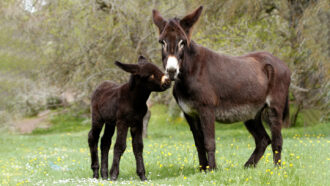 Animals
AnimalsDNA reveals donkeys were domesticated 7,000 years ago in East Africa
When and where donkeys were domesticated has been a long-standing mystery. DNA now reveals they were tamed much earlier than horses.
-
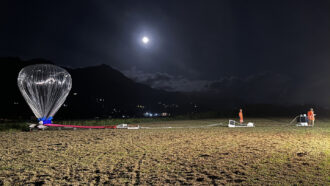 Space
SpaceHow balloons could one day detect quakes on Venus
A new study opens the door for future balloon-based missions to study the geology of other worlds.
-
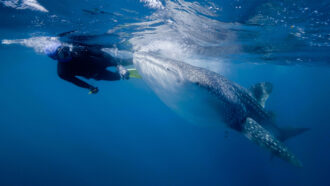 Animals
AnimalsWhale sharks may be the world’s largest omnivores
An analysis of the sharks’ skin shows that the animals eat and digest algae.
-
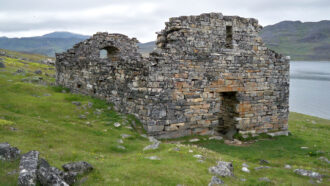 Climate
ClimateVikings may have fled Greenland to escape rising seas
Vikings abandoned Greenland in the 15th century. Lower temperatures, an expanding ice sheet and rising sea levels may have played a role in their departure.
-
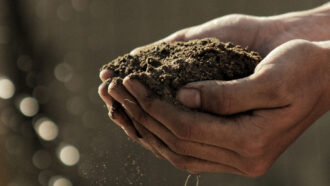 Life
LifeFungi may be crucial to storing carbon in soil as the Earth warms
Fungi help soil-making bacteria churn out carbon compounds that are resilient to heat, keeping those compounds in the ground, a study suggests.